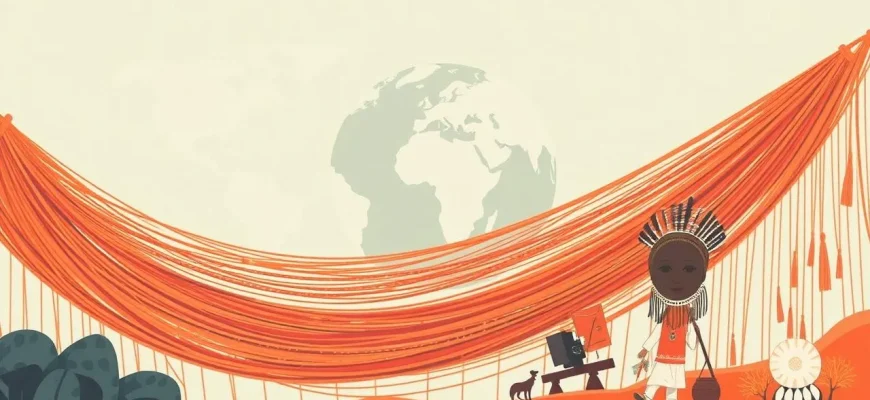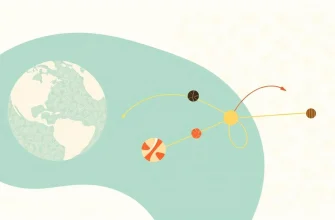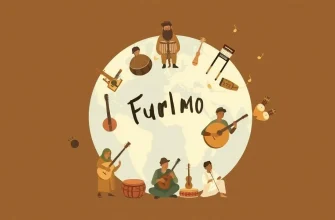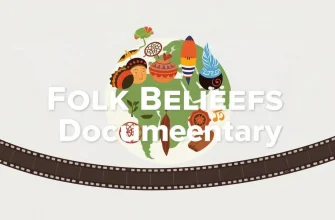Ethnographic documentaries offer a window into the lives, traditions, and cultures of people around the world. These films not only educate but also inspire empathy and understanding, showcasing the beauty and complexity of human diversity. Here's a curated list of 10 documentaries that delve into the heart of various cultures, providing viewers with a profound appreciation for the tapestry of global humanity.
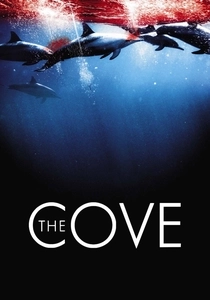
The Cove (2009)
Description: While primarily an environmental documentary, it also delves into the cultural practices of the Japanese village of Taiji, where dolphin hunting is a tradition.
Fact: The film won the Academy Award for Best Documentary Feature.
 Watch Now
Watch Now 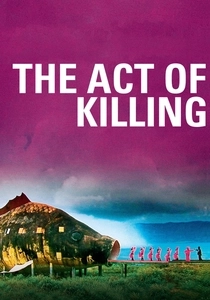
The Act of Killing (2012)
Description: Though focused on the Indonesian genocide, it explores the cultural and psychological aftermath through the lens of the perpetrators, offering a unique ethnographic perspective.
Fact: The film was nominated for an Academy Award for Best Documentary Feature and has been praised for its innovative approach to documentary filmmaking.
 Watch Now
Watch Now 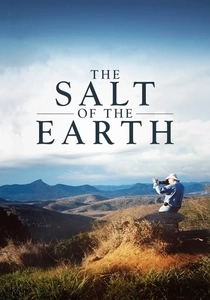
The Salt of the Earth (2014)
Description: A portrait of the life and work of photographer Sebastião Salgado, who has spent decades capturing the human condition and the beauty of nature, often in remote and indigenous communities.
Fact: The film was nominated for an Academy Award for Best Documentary Feature.
 Watch Now
Watch Now 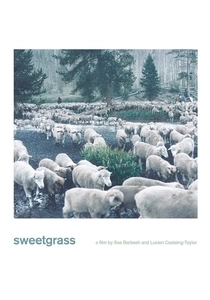
Sweetgrass (2009)
Description: Chronicles the final sheep drive in Montana's Absaroka-Beartooth Wilderness, capturing the end of a traditional way of life for American shepherds.
Fact: The film was shot over a period of 10 years, with no interviews or narration.
 Watch Now
Watch Now 
The Last Shaman (2016)
Description: This film follows James, a young American, as he journeys to the Amazon to find a shaman who can cure his depression, offering insights into the traditional healing practices of the indigenous people.
Fact: The film was shot over a period of three years, capturing authentic shamanic rituals.
 Watch Now
Watch Now 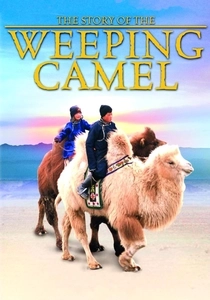
The Story of the Weeping Camel (2003)
Description: This documentary captures the life of a Mongolian nomad family and their unique tradition of healing a camel that refuses to give milk by playing music to it.
Fact: The film was shot in the Gobi Desert and won the European Film Award for Best Documentary.
 30 Days Free
30 Days Free 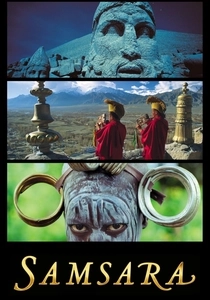
Samsara (2011)
Description: A non-narrative film that explores the interconnectedness of humanity through stunning visuals, showcasing various cultural practices from around the globe.
Fact: The film took five years to shoot and covers 25 countries, using no dialogue or narration.
 30 Days Free
30 Days Free 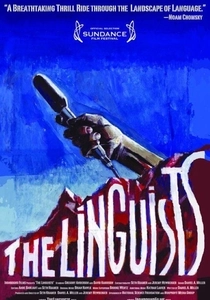
The Linguists (2008)
Description: Follows two linguists as they travel the world to document languages on the brink of extinction, highlighting the cultural significance of language preservation.
Fact: The film was nominated for an Emmy Award for Outstanding Science and Technology Programming.
 30 Days Free
30 Days Free 
The Tribe (2014)
Description: A Ukrainian film that follows the life of a deaf teenager in a boarding school, using only sign language and no subtitles, offering an immersive look into a different cultural experience.
Fact: The film won the Critics' Week Grand Prize at the Cannes Film Festival.
 30 Days Free
30 Days Free 
The Human Planet (2011)
Description: This series explores how humans adapt to some of the most extreme environments on Earth, from the Arctic to the desert, showcasing unique cultural adaptations.
Fact: It took four years to film, involving over 150 crew members from 44 countries.
 30 Days Free
30 Days Free 
